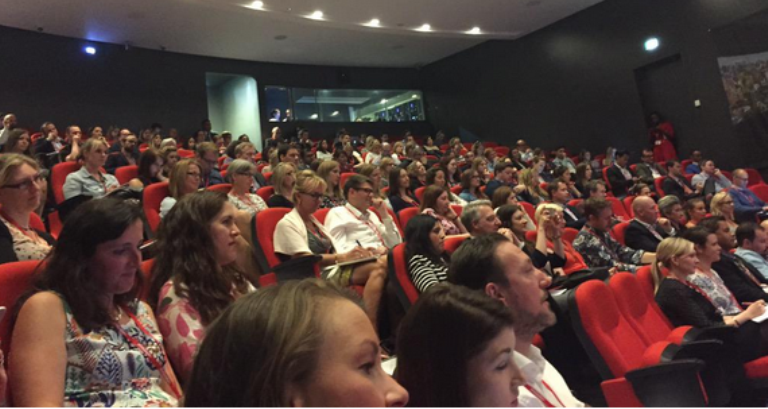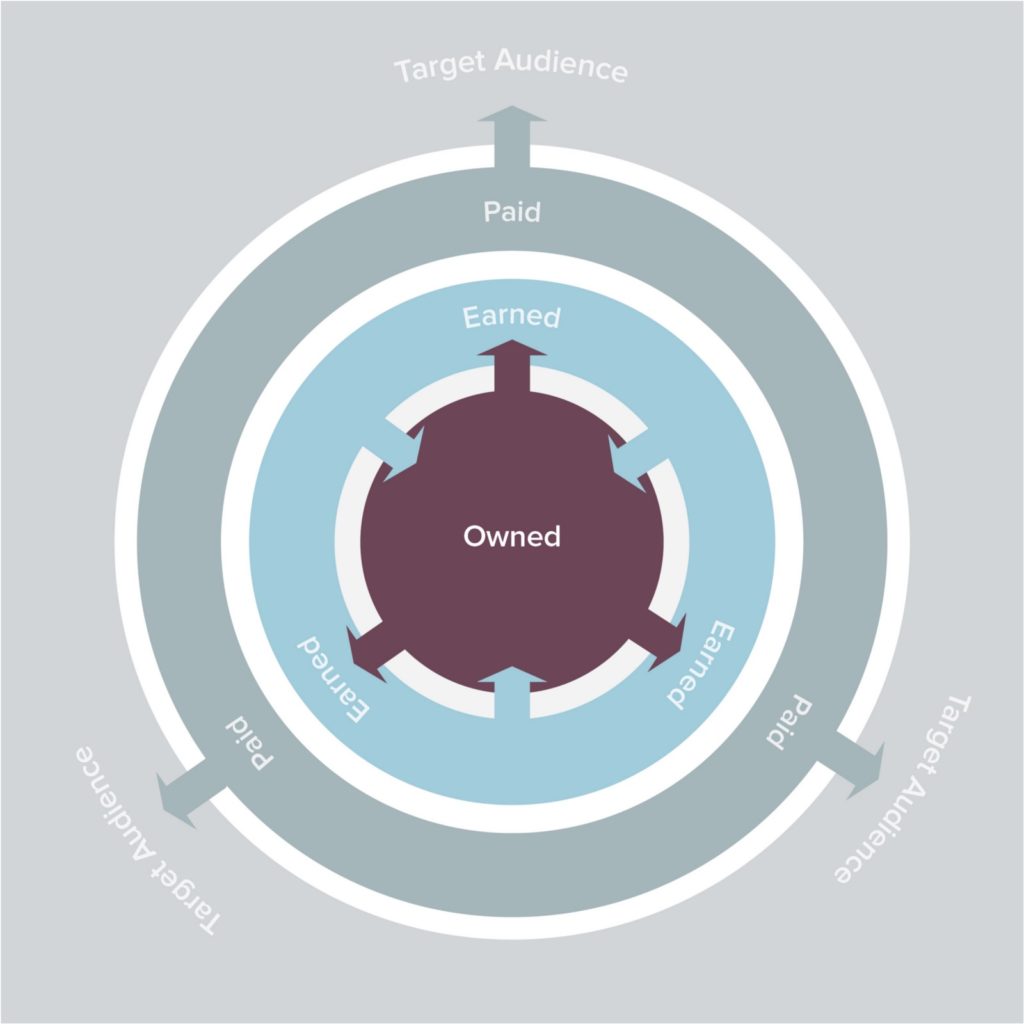On Thursday 18th June I joined Paul Sutton, Danny Whatmough, Matt Gilbert and Charles Arthur to debate PESO (Paid, Earned, Shared, Owned) at the FutureComms event held by MyNewsDesk.
The topic was ‘Why Communicators Must Embrace the PESO Model’ and the difference in experience in this area within agencies was obvious.
Here I share a summary of the debate along with an outline of the ‘flipped’ version of the PESO framework I recommend.
Within minutes of the debate we quickly established that adopting a PESO model in our comms planning will strengthen impact and presented growth opportunities for the industry, however, PR practitioners will need to develop digital marketing skills in order for us to progress.

I believe that a barrier in our development could be down to the lack of honesty in what we do and don’t know and the lack of sharing between practitioners and agencies. I feel that events like FutureComms often present some good theories, but there isn’t enough ‘how to’ or case studies to understand how new tactics work. Ultimately we need to fail fast and learn together.
To avoid adding to the problem of discussing theory with no examples I’ve decided to round up this post with some practical guidance on our panel topic of the PESO framework and how to form it into a successful PR campaign.
As the host Sarah Pinch quite rightly highlighted earlier at conference producing content as part of a PR campaign isn’t new. It’s been an essential part of our PR and social campaigns for years. There are also pockets of PR teams introducing paid amplification to their plans to reach influencers and target their audience quicker.
However, continuing to add layers of tactics (paid, earned, shared or owned) without strategic planning can often result in campaign reports just being a list of metrics from varying sources with no real business impact story being told.
Without strategic order to how we organise and position owned content, earn influencer recommendation, gain shares and run paid amplification we’re in danger of ending up with just a list of the latest ‘hot right now’ trend tactics. This may impress some at the time, but it’s unlikely to deliver any business results.
And if our PR campaigns don’t have any impact on our client’s business it has probably been a pointless exercise.
To avoid this happening why don’t we use our skills in ‘owned, earned, paid and shared’ and re-work the order to build a strategy for business impact?
I’ve worked on many campaigns in the past where I’ve been able to test content and influencer strategies to explore which have the greatest impact on a client’s business and I’ve found that by following my three outlined steps below you’re almost guaranteed to see a long-term positive impact on site traffic, conversions and sales — a positive impact on your client’s business.
Here’s what I suggest.
When creating content as part of a PR campaign it can be tempting to suggest micro-site. Many of our clients have multiple sign-offs and getting content added to their site can be a headache — is it worth it?
Yes.
Google decides where to place content in search results by the amount of recommendation it has i.e. people talking about the content socially and editorial coverage linking to it.
If you launch a micro-site for a PR campaign you are starting from scratch in terms of recommendation and social shares, so the chances of gaining any Google visibility are minimal.
By adding your campaign content to your client’s main site, you will automatically pick up the strength of their established site which will in-turn increase your chances of visibility in Google.
In addition, as our content will be mentioned by influencers (on media sites and social platforms) Google will see this as a recommendation of the whole site. It will, therefore, improve the whole of your client’s content visibility in search results — not just your PR campaign content.
So, thousands of people are more likely to find your client on Google as a result of your PR campaign content.
It is worth going the extra mile to get your owned content added to their main site!
When your PR campaign kicks-off it’s essential to plan where your team will be directing readers. Links within coverage to our campaign content will not only provide a flow in a brand story it will also be a golden gateway for Google. The search crawlers will be able to follow the link and recognise the content being recommended by trusted influencers and then read what it’s about.
Without the link, the door is shut to the Google crawlers and it will just remain on the external media site not knowing who your coverage is about and will therefore not adjust your client’s exposure to the Google audience.
The more trusted the journalist, blogger or social influencer is that you gain coverage with, the quicker Google will act. For example, if you gain coverage on the Guardian.co.uk and the journalist includes a link to your client’s website that is a huge signal to Google that your client’s content should be seen. It will, therefore, adjust and move your client’s content within search results so more people see it.

Paying to amplify your content out to your target audience will get the campaign message out there quickly but more importantly it will kick-start natural sharing between peers on a mass scale and that will be a huge signal to Google.
If the content we’re producing for our PR campaigns is genuinely useful and sparks emotion with our target audience then they’re likely to share it with their peers. Once they share it, that’s a signal to Google. It doesn’t matter if we’ve originally paid to reach that audience, Google isn’t measuring that part. Google natural search factors kick into place once it can see the genuine, third-party earned recommendation.
So, paying to seed content can have a very important part to play in raising awareness among our target audience as well as influencing Google. But remember Google will only be impressed if we’ve impressed the influencers and target audience first!
I hope this guidance on a PESO model has helped your future plans. Please get in touch to share your experiences and fee free to ask questions. There’s no such thing as a silly question on the Resolution blog!

About Stella Bayles
Stella (@stellabayles) is a director at a suite of PR insight and measurement tools (AnswerThePublic.com, CoverageBook.com, AnswerTheClient.com).
Prior to working in PR technology Stella spent 12 years merging the worlds of Public Relations and Search Engine Optimisation together. Her work found her working with personal brands and businesses in the US and UK and led to multiple award wins for the unique marketing approach she developed with her team.
Stella authored ‘PRs Digital Resolution’ in 2015, an ebook on the digital future of public relations.
Originally published at coveragebook.com.